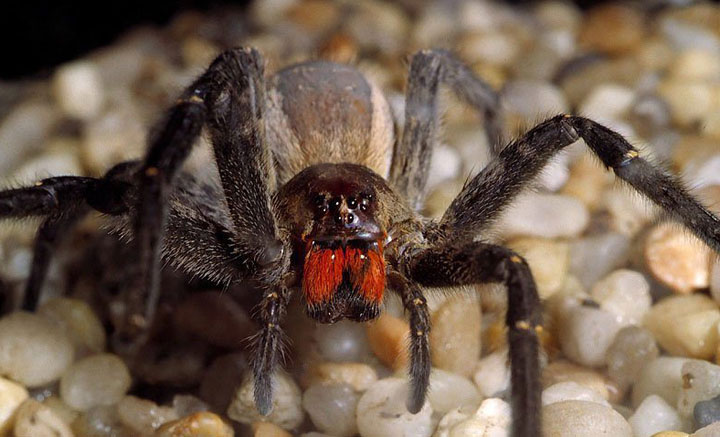A new study finds that being afraid of spiders and snakes may be part of an innate human ability to detect danger, according to researchers from Germany’s Max Planck Institute for Human Cognitive and Brain Sciences and the Upssala University in Sweden.

The study found that children as young as six months old displayed signs of distress towards snakes and spiders, suggesting that these common phobias are ingrained in humans.
WATCH: Giant spiders and dragons invade Ottawa

“In constant light conditions this change in size of the pupils is an important signal for the activation of the noradrenergic system in the brain, which is responsible for stress reactions. Accordingly, even the youngest babies seem to be stressed by these groups of animals.”

Get breaking National news
WATCH: Edmonton Valley Zoo: Nouvel the albino Nelson’s milksnake

The study, which was published in the Frontiers in Psychology journal on Oct. 18, states that snake and spider phobias affect between one and five per cent of the population. However, the study goes on to say that a third of children and adults claim to strongly dislike spiders and snakes, “even though these animals hardly pose a threat to humans today.”
Other studies have revealed that babies did not associate pictures of rhinos, bears or other acknowledged dangerous animals with fear.
“We assume that the reason for this particular reaction upon seeing spiders and snakes is due to the coexistence of these potentially dangerous animals with humans and their ancestors for more than 40 to 60 million years — and therefore much longer than with today’s dangerous mammals,” explained Hoehl.
This strong aversion exhibited by humans for spiders and snakes can evolve into a phobia when assisted by other factors, the study states.
Some of these include a genetic disposition to hyperactive amygdala (which the study says is important for estimating hazards) or if parents demonstrate a particular fear of these animals.








Comments